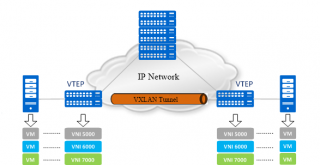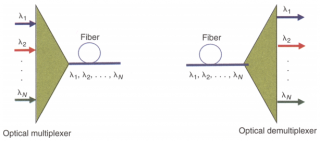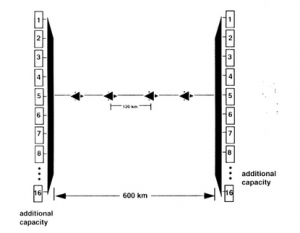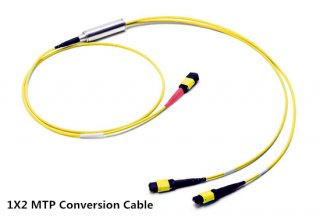- Description
- Reviews
- FAQs
The Fiber Visual Fault Locator (VFL) is an essential tool for every Fiber Optic Tool Kits, it is like the continuity tester. The VFL is not one of the least expensive tools in your tool kit. It will allow you to quickly identify breaks or macrobends in the optical fiber, and identify a poor fusion splice in multimode or single mode optical fiber.The big difference between the VFL and the continuity tester is the light source and optical output power of the light source. The VFL typically uses a red (635-650nm) laser light source. The optical output power of the laser is typically 1mW or less. Because of the high optical output power, you should never view the output of the VFL directly.
The Visual Fault Locator is available in different shapes and sizes. Some may look like a pen, others may be built into an optical time domain reflectometer (OTDR), and some may look like a small test equipment box. There are two types of VFLs: contact and non-contact. With a contact VFL, the optical fiber under test will make contact with the VFL. However, with a non-contact VFL the optical fiber under test will not touch the VFL.Unlike the continuity tester, the VFL is not limited to testing multimode optical fibers 2km or less in length. The VFL can be used to verify continuity of multimode or single-mode optical fiber longer than 2km. Due to attenuation of the 635–650nm laser light source by the optical fiber, macrobends may not be detectable beyond 1km in multimode optical fiber and 500 meters in single-mode optical fiber. The same holds true for finding breaks in the optical fiber through the jacket of the fiber-optic cable.How to use Visual Fault Locator
READ MORE ...What Is MTP ConnectorAs with the continuity tester, the first thing you will need to do is clean the connector endface and inspect it with a microscope. If the endface finish is acceptable, the VFL can be connected to a Optical Connector should not be viewed directly during this testing.The VFL fills the core of the optical fiber with light from the laser. The light from the laser escapes the optical fiber at a break or macrobend. The light escaping from the optical fiber will typically illuminate the buffer surrounding the optical fiber. Macrobends are not always visible through the jacket but are typically visible through the buffer. Breaks may be visible through the jacket of the fiber optic cable depending on jacket color, thickness, number of optical fibers in the cable, and amount of strength member.The VFL and the OTDR Tester work hand in hand with each other when it comes to locating breaks in an optical fiber. The OTDR can provide the operator with the distance the break. The VFL allows the operator to see the break in the optical fiber.Fiber optic cables are not the only place where the optical fiber may break. The optical fiber may break inside the connector or connector ferrule. Unless the optical fiber is broken at the endface of the connector, it is not visible with a microscope.
Usually, students connect cables that look great when viewed with the microscope but fail continuity testing. When this happens, the hardest part is determining which connector contains the break in the optical fiber. Without a VFL in the classroom, students would have to cut the cable in half and use the continuity tester to identify the bad connection.
READ MORE ...What is Fiber optic AttenuatorThe VFL will often identify the bad termination or connector. Looking at the photograph, you can see VFL illuminating the break in the optical fiber. The output of the VFL is so powerful that it penetrates the ceramic ferrule.The visual fault locator can be used to test the continuity of an optical fiber in the same manner. The first step when using the continuity tester is to clean and visually inspect the endface of the connector before inserting it into the continuity tester. After the connector has been cleaned and inspected, you need to verify that the continuity tester is operating properly. Turn the continuity tester on and verify that it is emitting light.The visual fault locator also can be used to locate a macrobend in an optical fiber. However, macrobends do not allow nearly as much light to penetrate the buffer and jacket as does as break in the optical fiber. Locating a macrobend with the VFL may require darkening the room.Macrobends and high loss fusion splices appear the same on an OTDR trace. The VFL allows the identification of a high-loss fusion splice.
- Customers Reviews
* Delivery Time.
We need 1-2 days to process your order before shipping. There are two shipping methoed.
Fast Delivery: The delivery time for US, European countries the delivery will take 3-5 days.
Slow Delivery: The delivery time for US, European countries the delivery will take 7-15 days.
* Tracking information.
After we ship package, customer receive automatic email with tracking details.
* Lost Package Policy.
If a package did not arrive in 2 weeks after the shipping date, then this package is treated as Lost. In this case a new package will be shipped to the customer provided we are able to give the same items as those purchased by the customer. If we are not able to provide the same items to substitute the lost ones we will either propose to the customer similar items or refund their cost as it will be mutually agree with the customer. If one or more items neither the same nor similar are available to be shipped, the customer can request to cancel the order entirely, thus the total cost of the order including shipping and handling cost will be fully refunded.












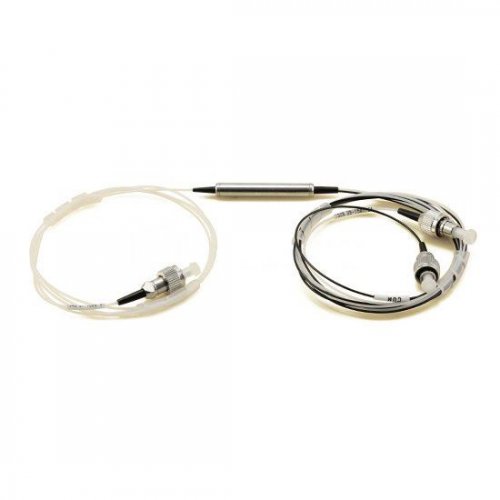
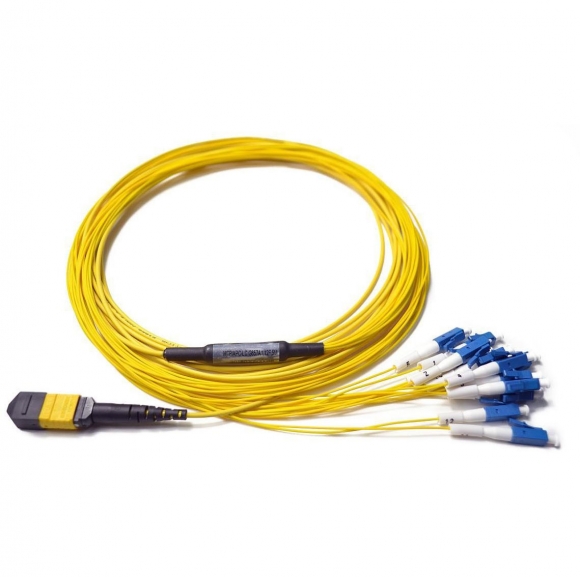
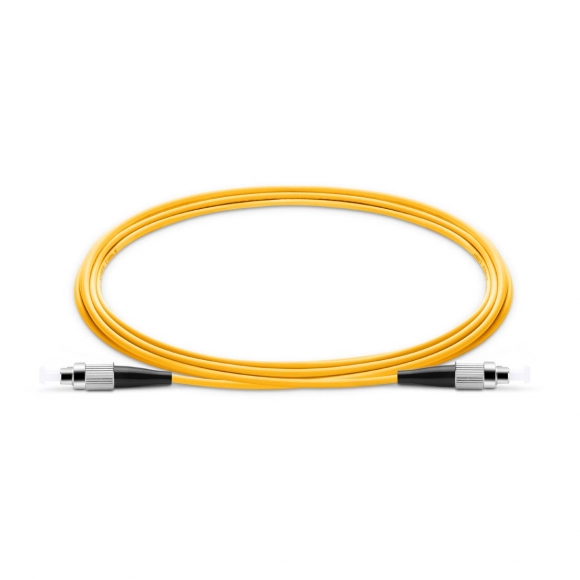


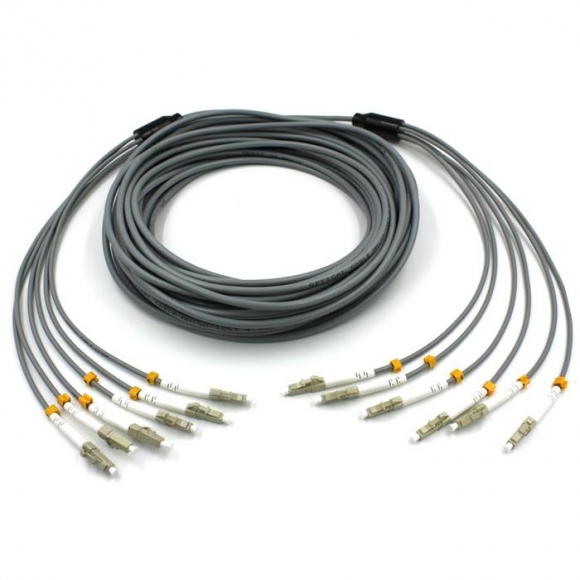
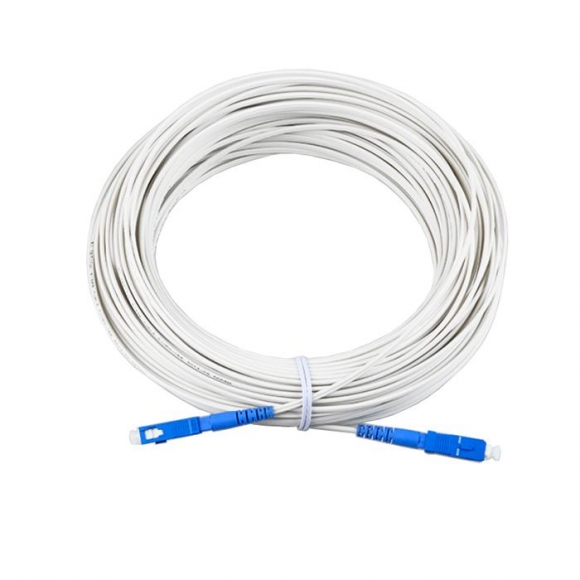
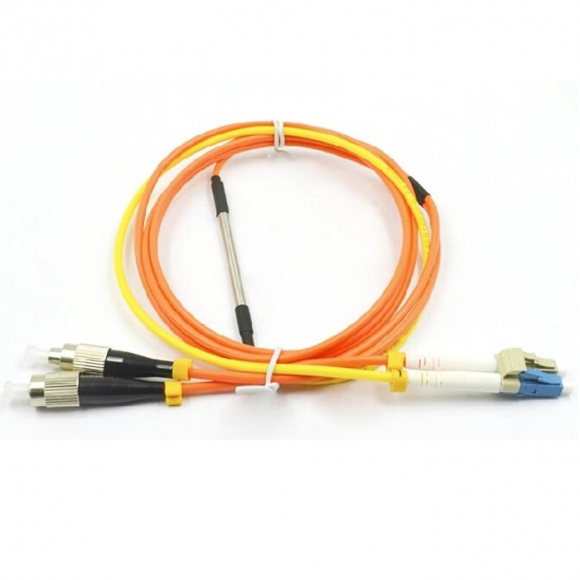


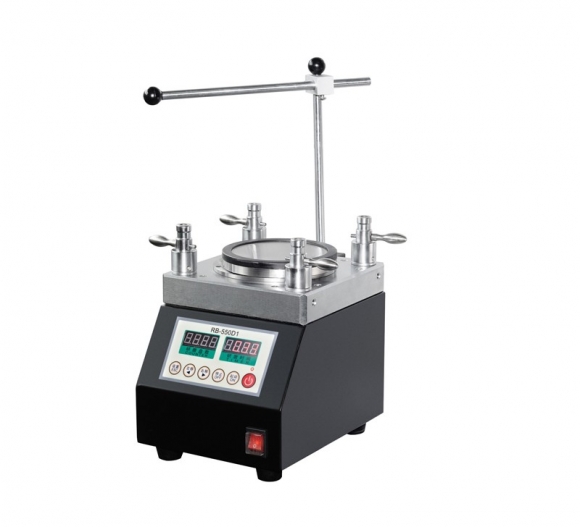


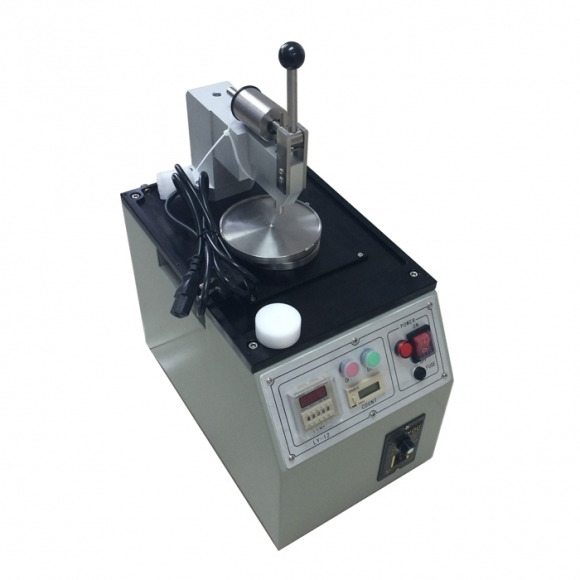

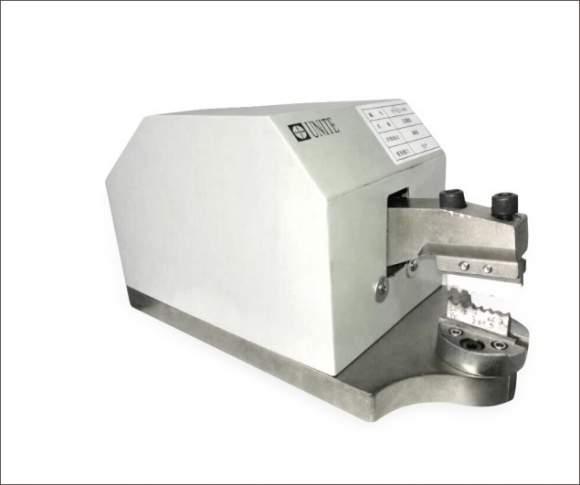
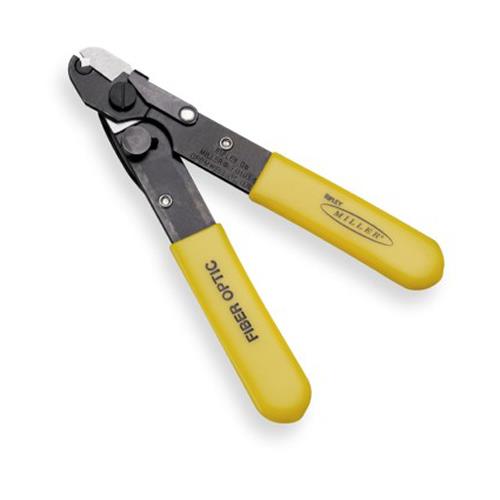
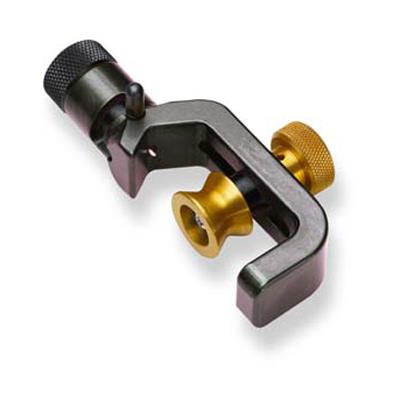
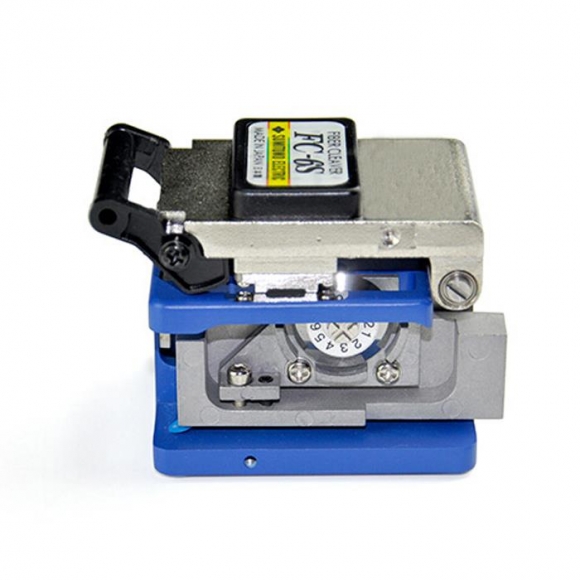
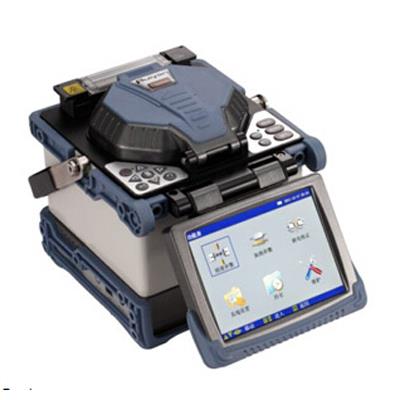

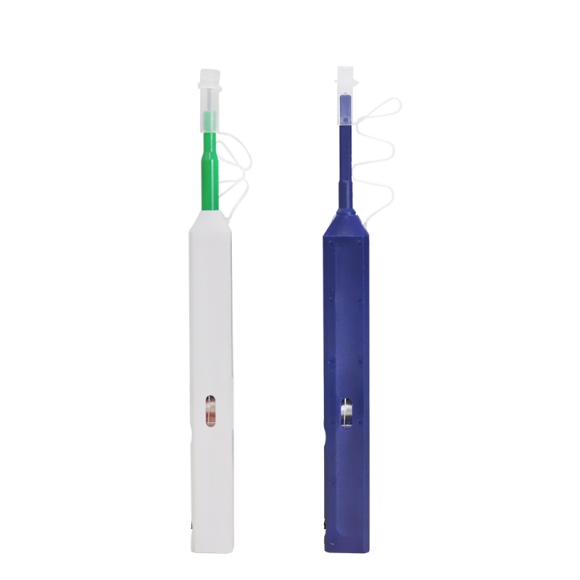

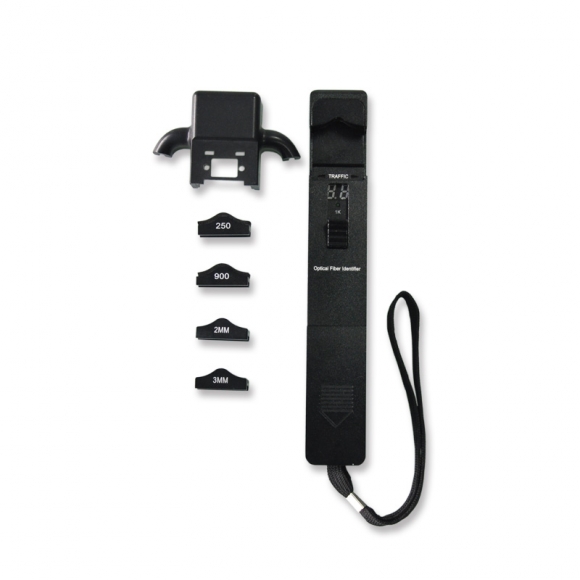
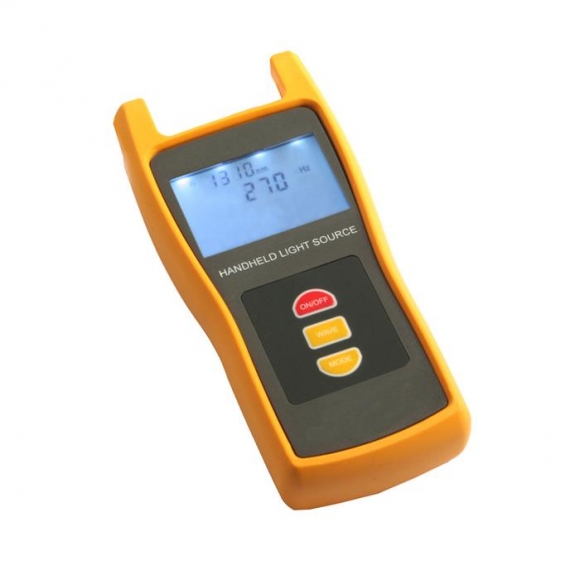

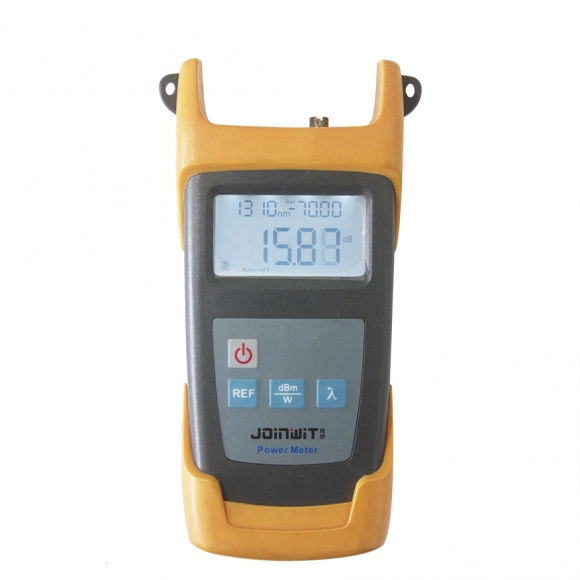
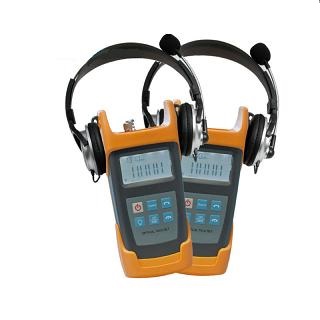
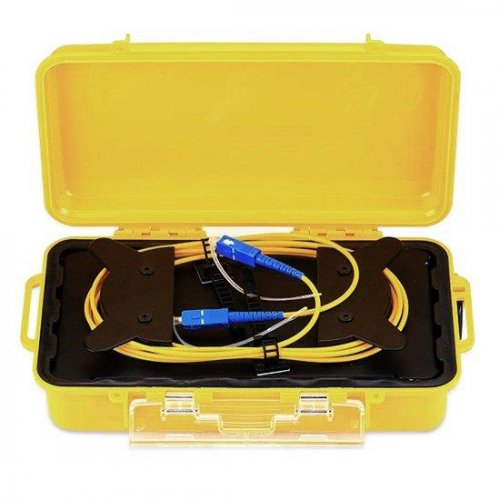
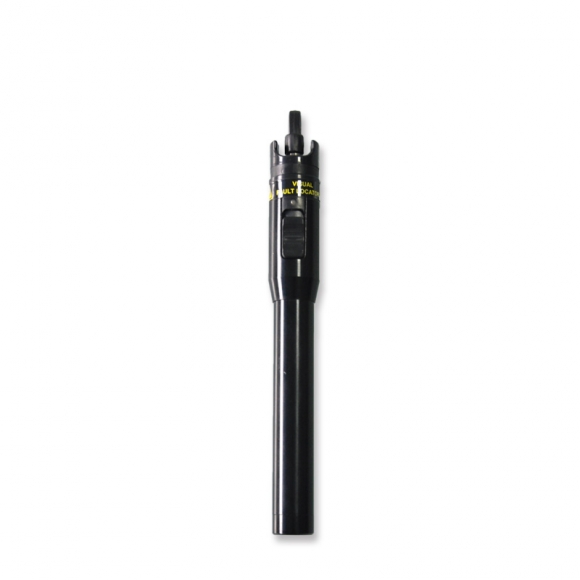


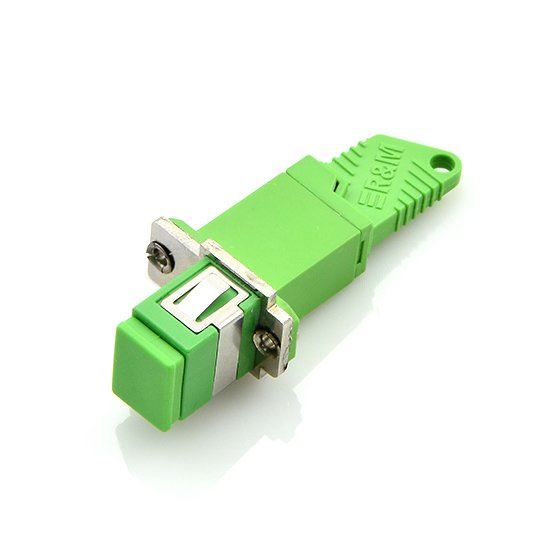
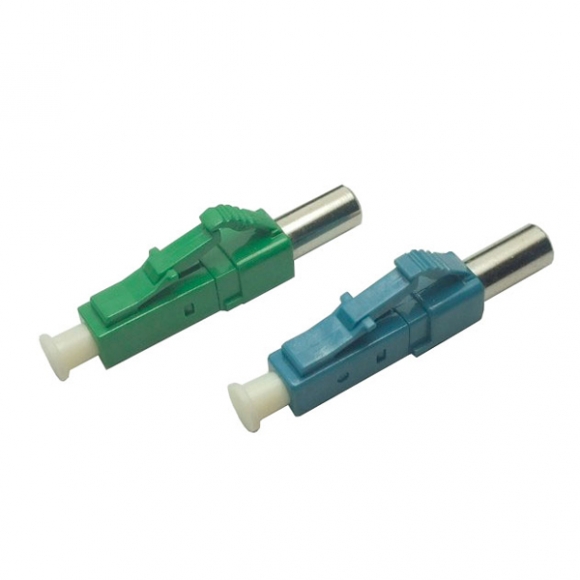
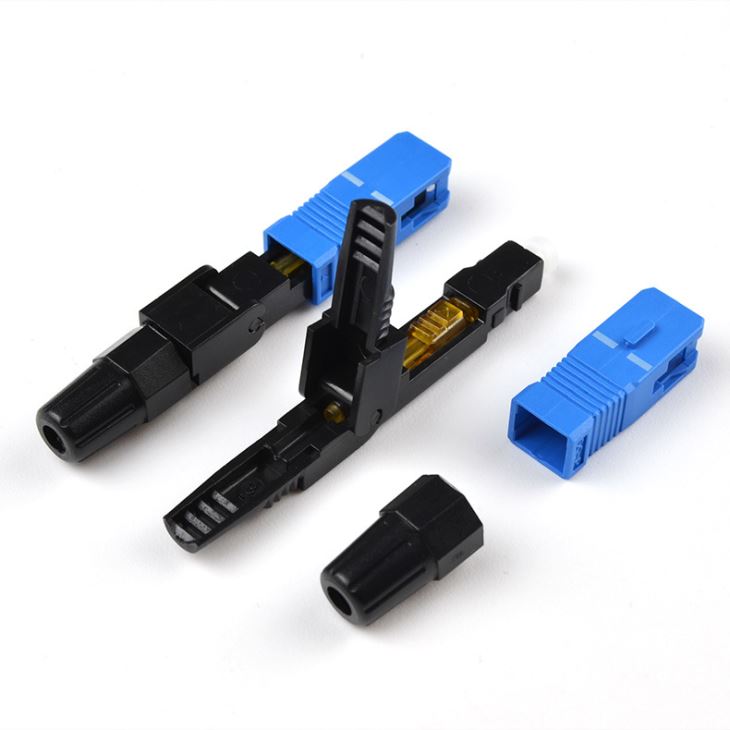
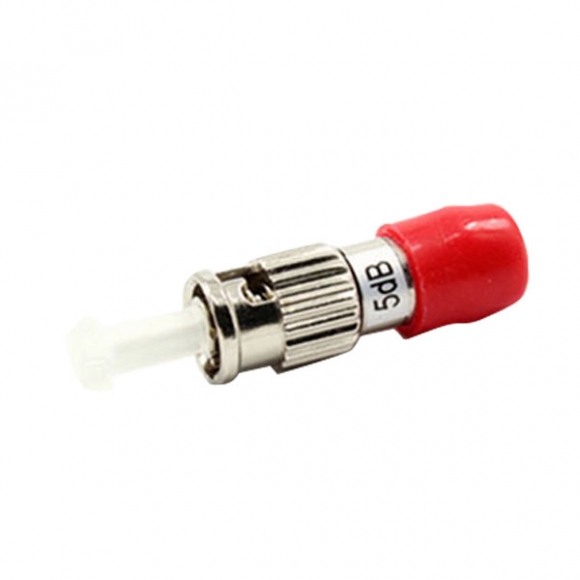
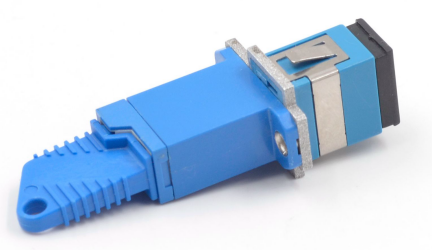
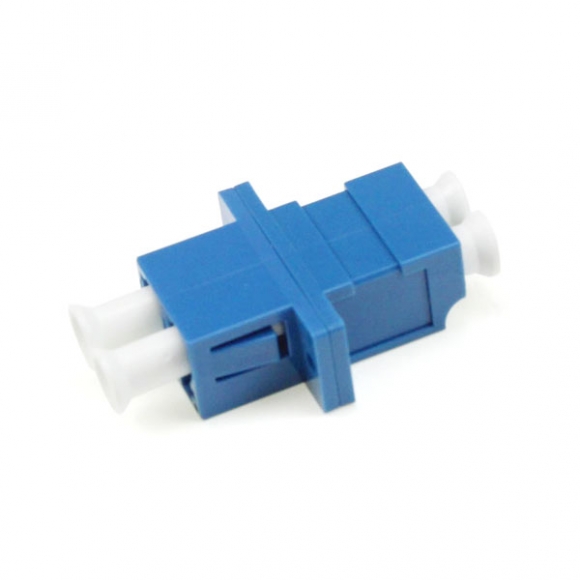

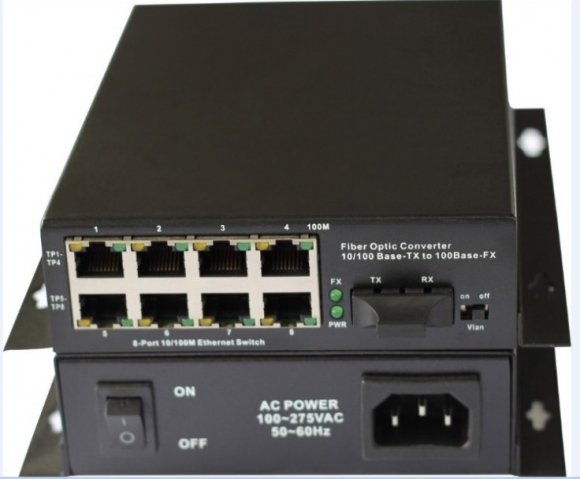

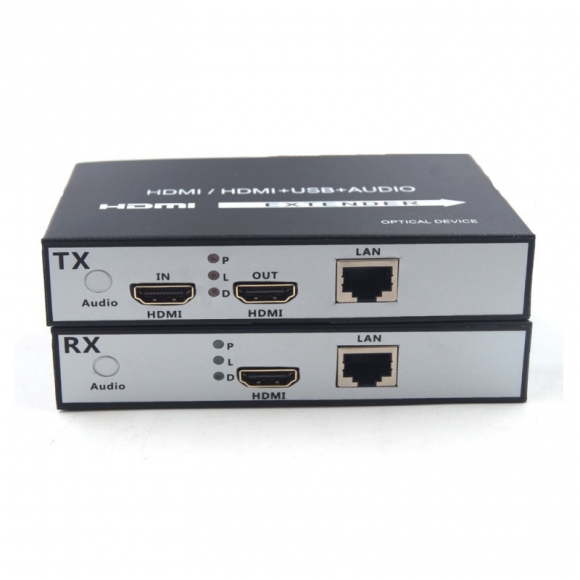
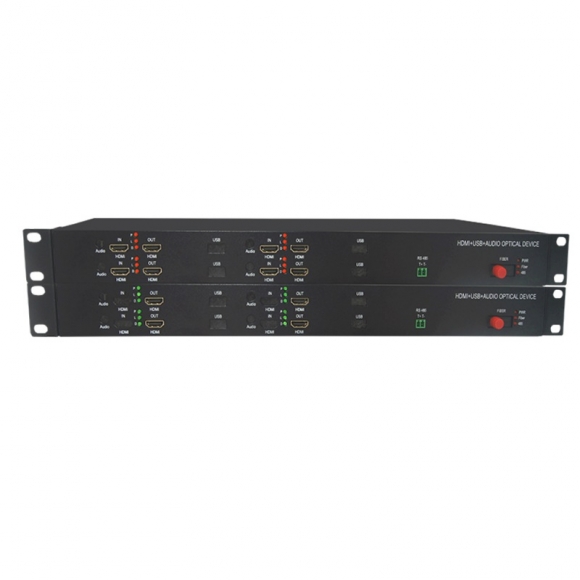

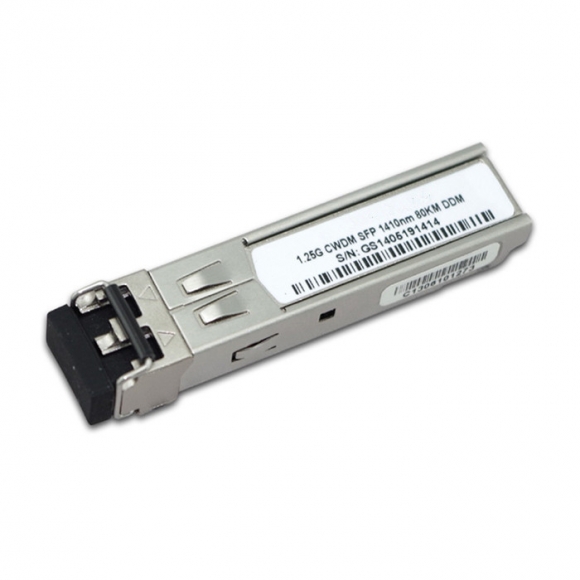


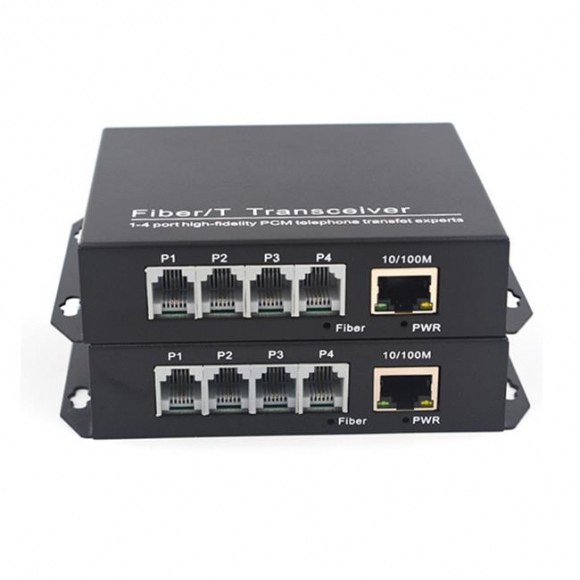
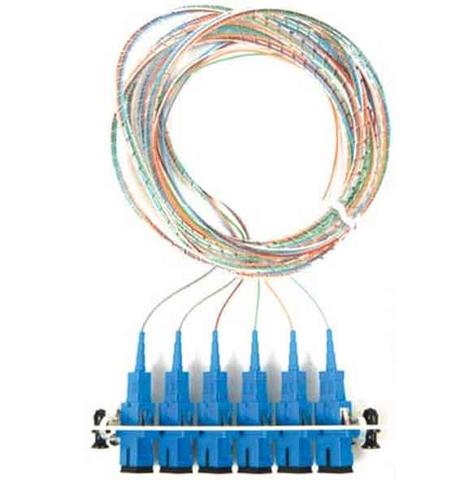
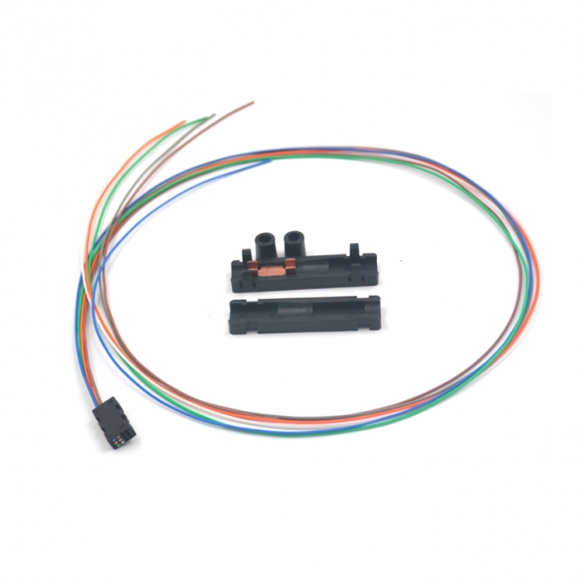


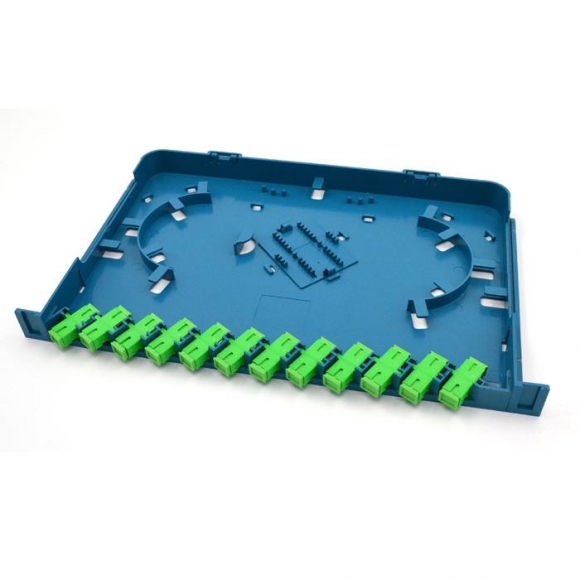
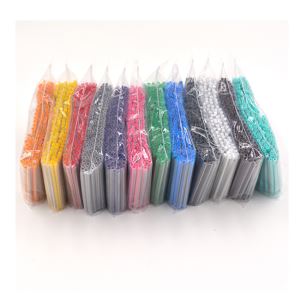

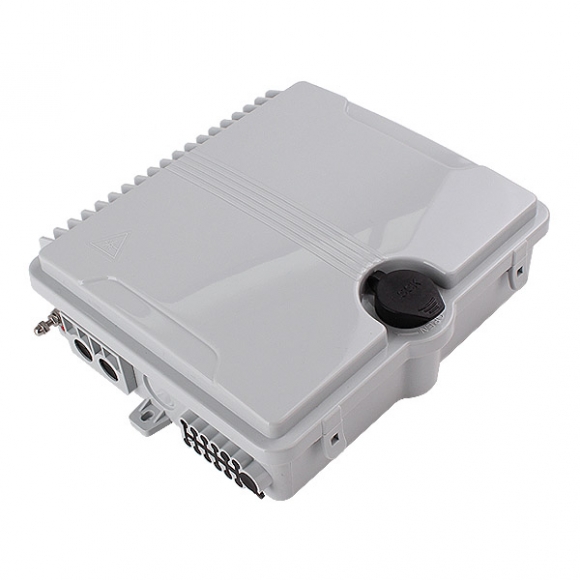

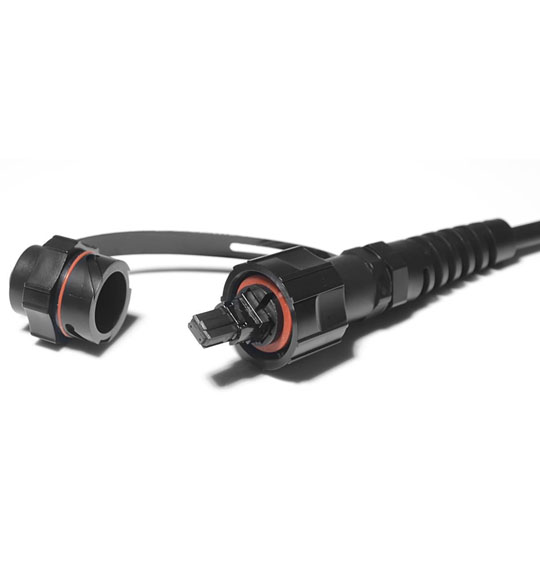
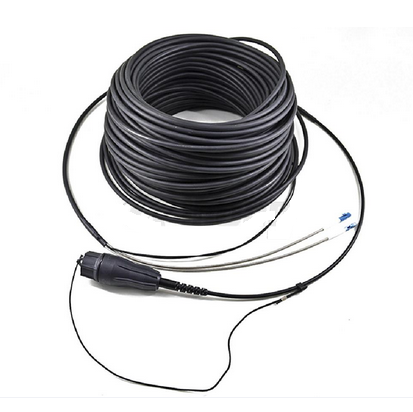

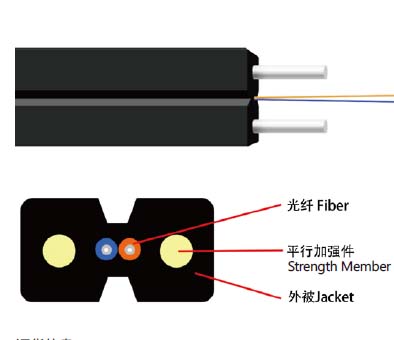
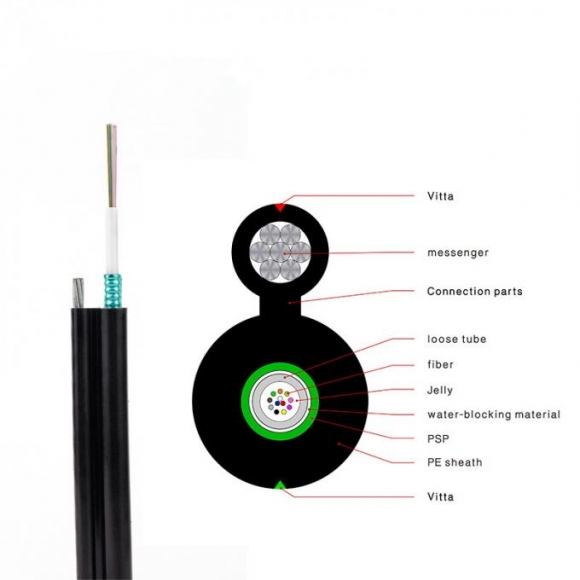
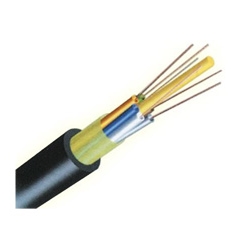
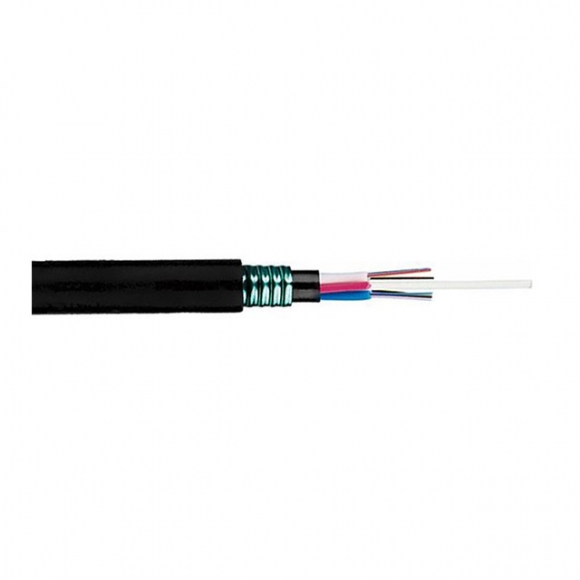
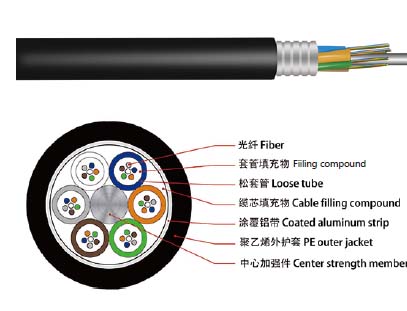
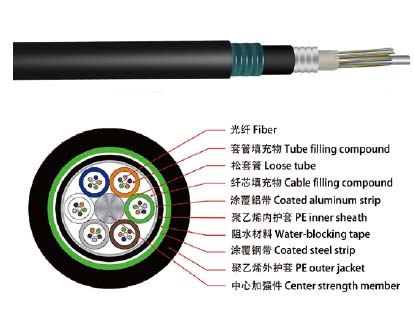

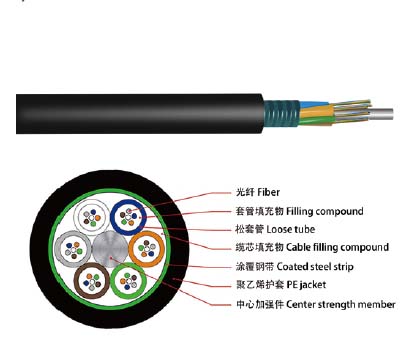
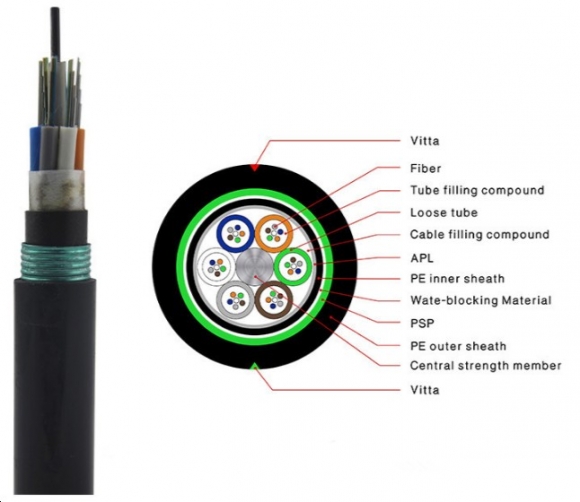
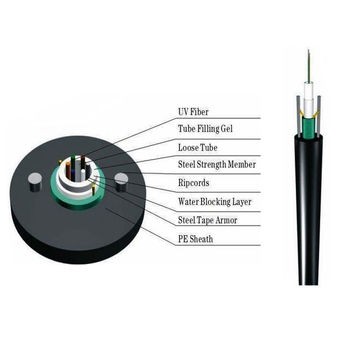
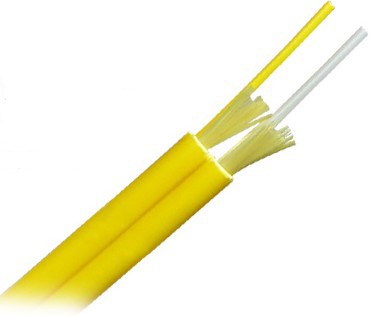
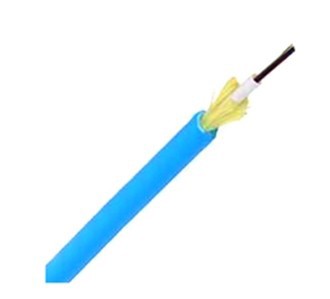


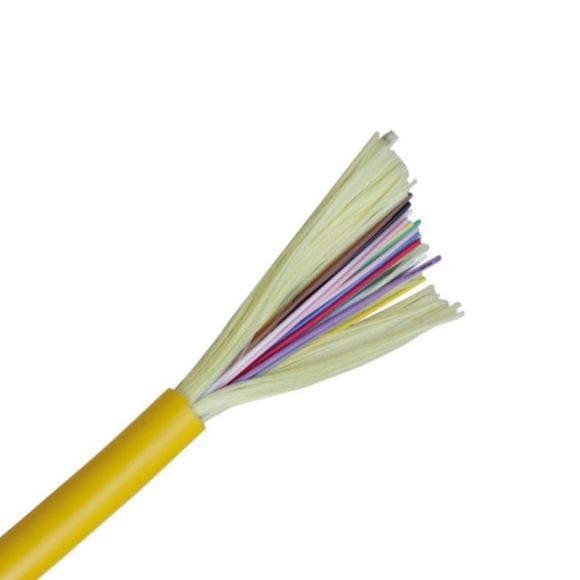
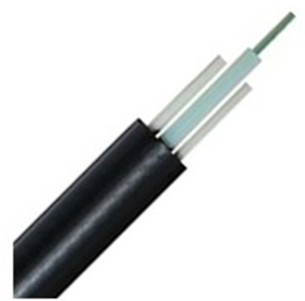
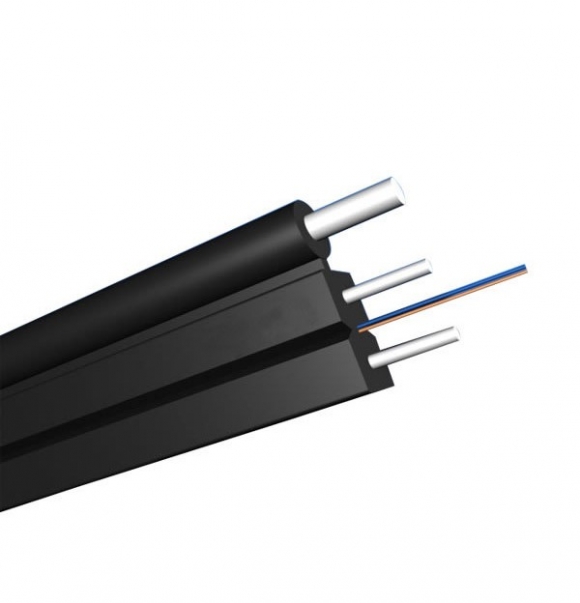
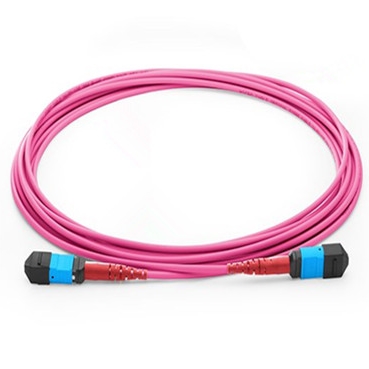

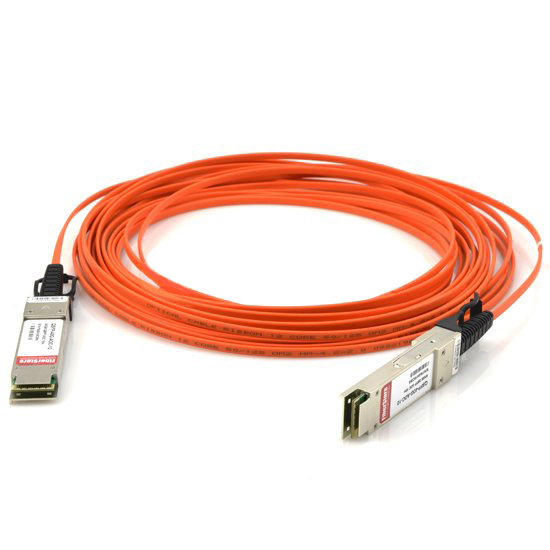


 (0)
(0) (0)
(0) (0)
(0) (0)
(0) (0)
(0)